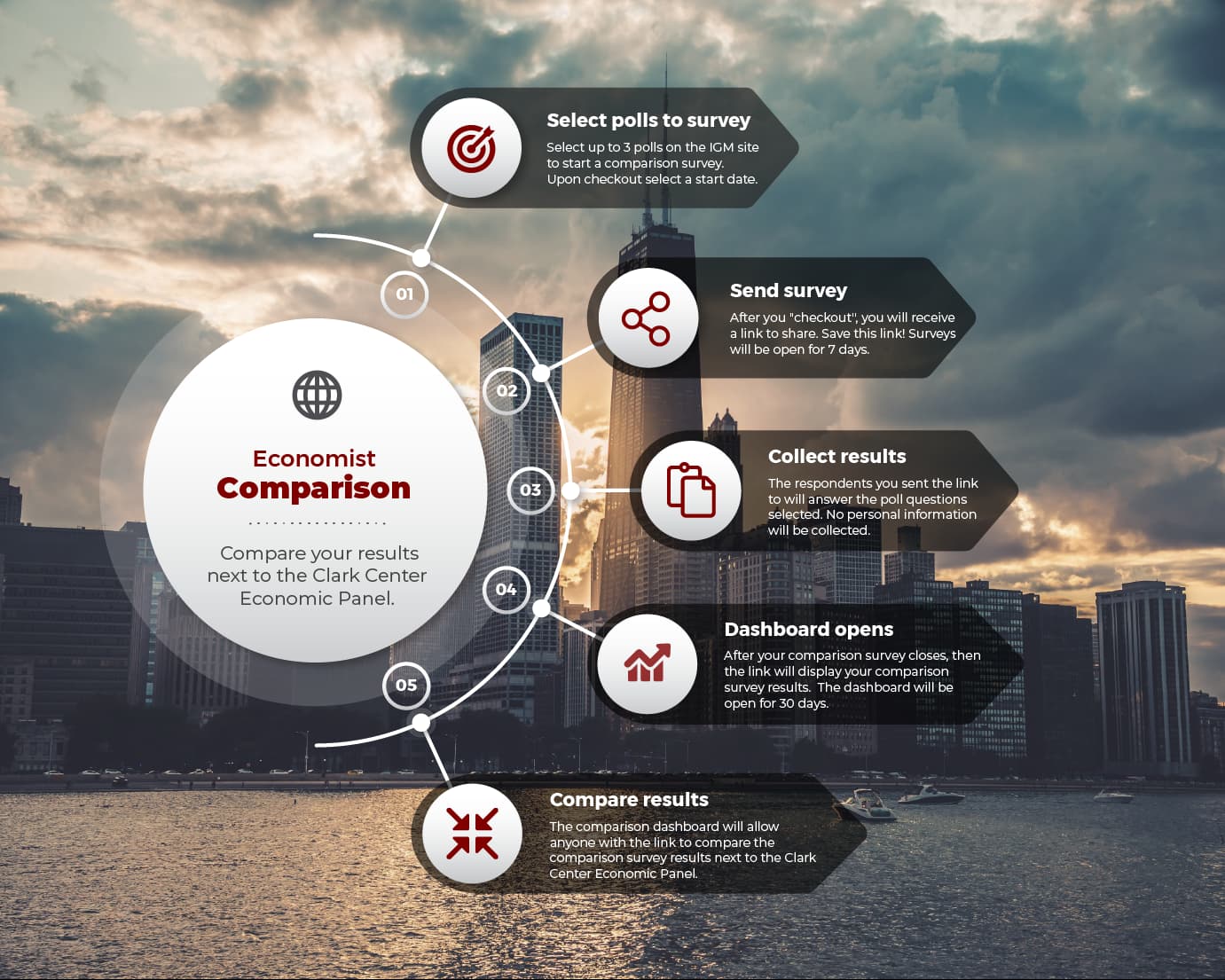For the past few years, the job of British policymakers has been made ever trickier by the absence of solid data. The Office for National Statistics (ONS), which compiles most British official data, has enjoyed a generally well-deserved reputation for producing good data for many years. During the pandemic it was quick to latch-on to the need for more timely releases utilising new data sources and won praise for introducing a whole new suite of weekly releases using real-time data to monitor the pulse of the economy.
But since the pandemic, and in some cases predating it, many of its core products have become less reliable. The Labour Force Survey (LFS) is the supposed gold standard when it comes to the state of the British jobs market. But a falling response rate to its surveys of workers have seriously diminished its usefulness as a barometer of what is happening with employment.
In the fourth quarter of 2024, the ONS’s quality monitoring report reveals that, the survey achieved a response rate of 19.6%. That is up from the lows of under 15% hit in 2023 but well down on the 50-60% that was seen as a normal just a decade ago. The fall in the response rate has not been even across demographic categories and the ONS has been forced to use more assumptions and imputed data when calculating the number of people in work, the unemployment rate and the share of the population who are economically inactive. The result has been official jobs market statistics that appear, on many measures, to be simply incorrect.
When it comes to employment, alternative data sources (such as the real time information gleaned from the record of His Majesty’s Revenue and Customs (HMRC, the rather grandly named administrators of the tax system) at least provide alternative estimates.
But when it comes to economic inactivity—the rise in which has been a major concern for policymakers since 2022—the LFS has few competitors. Recently a respected think tank argued that the numbers which have driven much fretting from British ministers are simply wrong.
Bank of England policymakers, from whom the rate of wage growth is a key concern when it comes to judging the future path of inflation, have complained many times over the past few years that the ONS official wage growth series is increasingly hard to square with real time information from HMRC, with surveys of corporate pay-setting and with advertised wage rates from recruitment websites.

And the problems may well go deeper. Just last week the publication of trade data and producer price inflation was delayed after the ONS discovered problems with the series.
All of this has made economic policy making materially harder. Good data is not something to take for granted.
Asked whether “the termination of the Federal Economic Statistics Advisory Council and shrinking staff at the core US statistical agencies will lead to a substantial reduction in the reliability of government economic data”, 94% of respondents (weighted by confidence) either agreed or strongly agreed.
As Chad Syverson of Chicago Booth put it: “The statistical agencies do amazing work with very limited resources. The advisory committees allowed the agencies to obtain volunteer expertise in a number of different technical areas. What a loss. (I was a member of the recently disbanded Census Scientific Advisory Committee.)”
The panel were next asked whether “The quality of economic policy-making will be substantially impaired by reduced funding for the core US statistical agencies”? This time, weighted once more by confidence, an almost unanimous 99% of respondents either agreed or strongly agreed.
Finally, the panel noted that poorer quality official statistics would not just be an issue for policymakers. Asked whether “The ability of businesses to forecast and plan will be substantially impaired by lower quality economic data”, 90% of respondents agreed or strongly agreed.
There are, of course, alternative data series available alongside official statistics. Financial markets, for example, eagerly await not only official releases such as Non-Farm Payrolls and industrial production but also private sector provided releases such as the monthly Purchasing Manager Indices (PMIs), various consumer confidence readings and sales figures for industry trade associations.
But whilst alternatives may exist, they are usually best thought of as complementary to official data rather than as substitutes, Official data, with often long time series and widely understood compilation methods, has the virtue of being widely trusted and, usually, reliable. What is more, the use of official government provided data gives a level playing field to firms and investors who all receive it at the same time.
Good data is a necessary part of good economic policymaking and something that will be missed if it is allowed to degrade.

